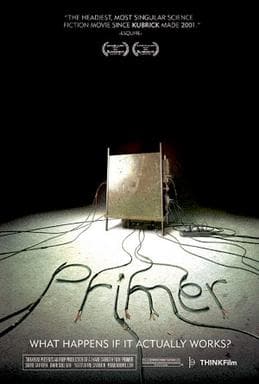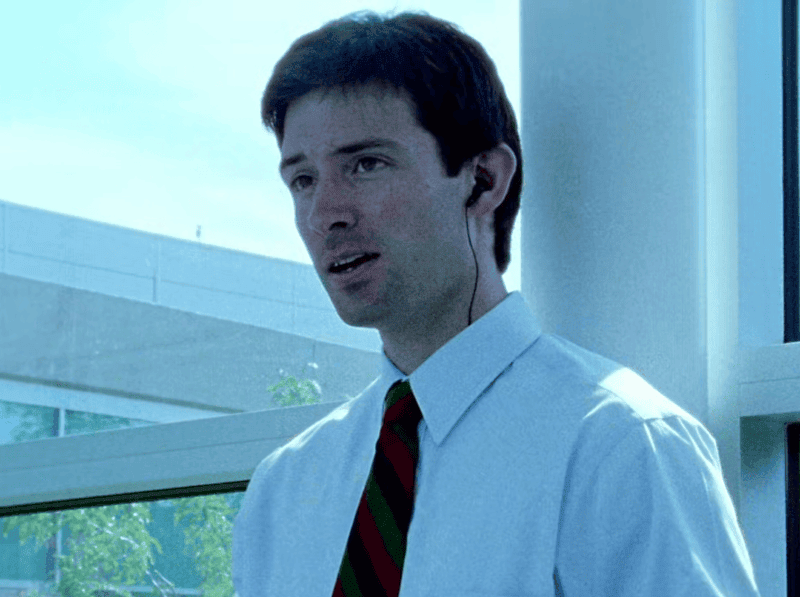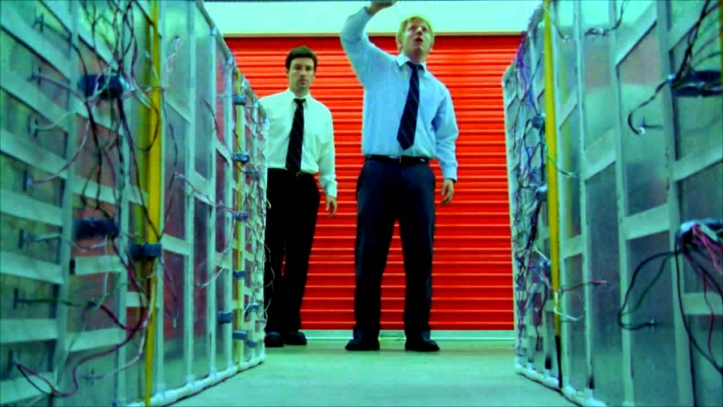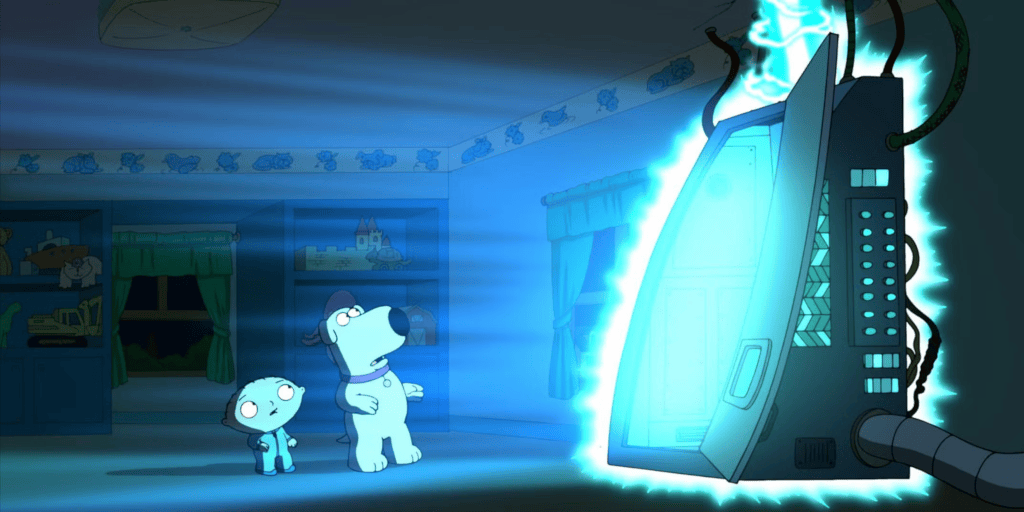Primer - Shane Carruth
As a first movie on the blog I decided to review perhaps my all-time favorite title: Primer, the 2004 debut film by Shane Carruth. It’s a psychological science-fiction film in which the two protagonists find themselves confronting the ability to travel through time.

The movie was an independent project that succeeded for several reasons, including the choice not to use special effects — a rare thing for a sci-fi movie — and the fact that Carruth did everything on his own. He wrote the script, composed the soundtrack, directed the movie, produced it, filmed it by renting a film camera, and acted as the lead. If that wasn’t enough, the entire project was accomplished on a budget of just $7,000 (in 2004), with friends and family recruited as actors. Filming was so tough for Carruth that he considered quitting multiple times, and it took him two years to complete the post-production. Carruth, a mathematician who worked as a programmer, was inspired by his academic passion for imagining and writing screenplays. A passion that, luckily for us, he decided to pursue to the end, partly financing the project with his savings.

What fascinated me most about the movie is its complex and simultaneously thrilling plot, which requires the viewer to watch the movie multiple times to fully appreciate it.
Primer is about two American engineers, Abe and Aaron, who build a strange machine in the garage, having gathered the necessary funding from acquaintances. It’s a device the size of a pillow inserted into a box, capable of creating an energy field through an electronic circuit connected to an argon tank. After several failed attempts, the two engineers discover that the machine can make whatever enters its field travel through time. Realizing the potential, they decide to build a human-sized version of it and use it to go back in time to trade stocks and easily make money, knowing the future market valuations.

The machine works ingeniously, or rather, exactly as one might expect such a device to function. When something enters the field generated by the machine, it travels back to the moment when the machine was first turned on. For example, if a person turns on the machine in the morning and decides to enter in the evening, it means they will travel back in time to the morning. Time travel means moving in a space-time continuum, which means the past is a portion formed by a certain time and space within our reality. Therefore, in the film, it is revealed that when you travel through time, two versions of you exist during the interval you traveled, one unaware version that will eventually enter the machine to disappear, and one aware version that has already experienced everything. Every time the machine is used, a new timeline is created in which two individuals coexist for a certain period.
One of the most memorable scenes in the movie is when Abe and Aaron see a copy of Abe enter the garage holding a gas cylinder, and following him, they discover that the copy disappears by entering the machine; from that moment on, only one Abe will live in the present.
If the mechanism isn’t clear, that’s normal; not many grasp it the first time they watch the movie. Fortunately, some enthusiasts on YouTube have created video explanations with timelines that help clarify what really happens in the movie.
Initially, the plan devised by the two engineers to make quick money works, as they buy and sell stocks using their knowledge of the future market trends. The problem arises when the two realize they can do more than just bet by traveling through time. From here on, the plot of the movie becomes more complicated, with the characters making several time travels, leading to physical damage like sudden blood loss from the ears or a degradation of writing abilities. The viewer ends up losing count of how many trips the characters make, eventually wondering if some scenes they’re watching have already happened before.
Primer is a movie that plays with logic through its scenes, leaving the viewer the task of reconstructing a linear plot based on what they’ve seen and imagining the existence of missing scenes. Indeed, the plot appears chaotic, with some scenes that don’t seem to follow a linearity or where unexplained things happen if it’s unclear what’s going on. This is because the characters are traveling through time and altering reality. What seems like confusion turns out to be Carruth’s intention to leave elements unresolved, a sort of stylistic signature that he will repeat in his subsequent work. The entire script, Carruth revealed, was adapted to the limited budget he had, demonstrating that you don’t need large capital to make an intriguing and complex movie, just intellect and motivation.
What fascinates about the movie’s plot is how it presents a much more realistic time travel scenario compared to other works on the same theme. Most stories use time machines that allow characters to go back in history or move forward into the future, developing the plot around the paradoxes that time travel might create. For example, what would happen if, by going back in time, someone altered the course of events preventing their own birth?

Several scientists have spoken out about the impossibility of humans traveling through time, even though science admits the theoretical possibility. But what if time travel didn’t mean going back hundreds or thousands of years? In Primer, the machine allows you to travel back in time only to the moment it was first turned on. This eliminates the possibility of going back in history and leaves open the chance that this type of travel might become feasible in the future.
The plot of Primer plays with logical paradoxes where the characters, unknowingly, alter the sequence of events, creating multiple versions of themselves that coexist permanently in reality. Aaron and Abe gas their copies and lock them in storage rooms, try to prevent Mr. Granger from using the machine, and end up reliving the same scenes multiple times. Aaron even records an audio description of what happened in the future and what is about to happen to his own copy, trying to prevent new alterations to reality. Aaron’s recording becomes the background voice that Carruth inserts into the film to provide more context to the story, which begins with a phone call. What would we think if we received a recorded phone call from ourselves that we don’t remember, describing exactly what’s about to happen? Would we believe it?
Primer is the story of how using technology without fully considering the risks can have disastrous consequences. A sci-fi retelling of the myth of Icarus.